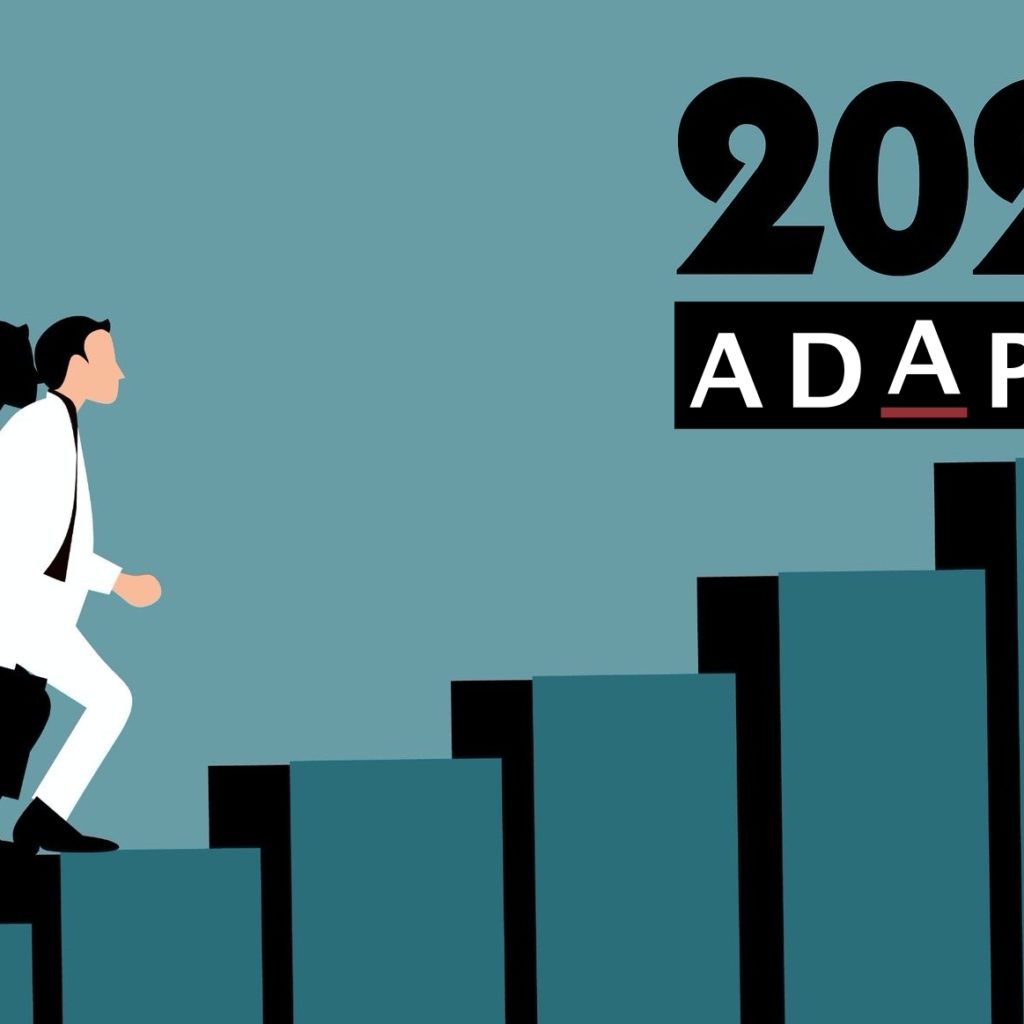Early this year, we posted an overview of threats and technologies to look out for in 2020. But no one could have predicted what was to come in the months that followed, and now, organizations worldwide are re-evaluating their priorities—starting with cybersecurity.
This Tuesday, Hitachi ID published “Top IT Budget Priorities Through 2020,” based on a recent survey of 131 high-level IT security executives. Their findings paint a picture of a working world made remote by the COVID-19 pandemic, where long-term cybersecurity priorities have shifted for 70% of respondents since the start of the year.
In fact, 89% of respondents cited cybersecurity as a top priority for the rest of the year. Close on its heels was remote enablement, cited as the top priority by 82% of respondents, followed by improving customer experience, and making strides in moving company data to cloud services.
Cybersecurity has always been an essential aspect of the modern-day organization, but history has shown it is often neglected in favor of more “material” projects with immediately visible results. As a consequence, system vulnerabilities go un-patched, data in company cloud servers remains unsecured, and employees put themselves at serious risk for social engineering schemes.
Now, transitioning to remote work has driven company executives to examine their digital environments, and what exactly is there to keep them safe.
The Winds Of Change
Among other telling statistics, 86% of respondents report they are looking into how to improve security standards company-wide, 80% want to increase remote and on-premise technological accessibility for their users, and 75% are making an effort to keep their IT infrastructure and assessment tools up to date.
Cybersecurity initiatives from those surveyed include a push for more endpoint security, security awareness training, and antivirus protection. But the majority are focusing on identity and access management (IAM), a framework of policies and technologies for ensuring that the proper individuals have the appropriate access to digital resources.
Hitachi ID CEO Kevin Nix points out that IAM is both a well-informed and urgent priority. “CIOs have been waking up to the fact that most hackers don’t break down the gate,” he says. “They just unlock it because they already have the keys. Bad actors have been focused on stolen credentials, phishing attacks, and social engineering [because] the pandemic forced so many employees to work remotely. Last year, businesses might plan to adopt IAM over a year or two. Now they need it next quarter.”
Although redirecting company resources to IAM and other new cybersecurity measures will be costly, half of the respondents indicate that increasing their budgets will be their first step. Amounts vary, but 33% indicate looking into an increase of 5% or less, while 13% are pursuing an increase between 5% and 10%, and 9% will look at an increase of 10% or higher.
But the COVID-19 pandemic hasn’t discouraged organizations from looking forward to a brighter, more technologically saturated future. Among respondents, 87% indicate that advancements in security are their first choice for a long-term investment, followed by artificial intelligence and machine learning, edge computing, and hyperconverged infrastructure.
Choosing Wisely
Looking to re-evaluate your options and prioritize cybersecurity? The process of vetting vendors can be a daunting one. You need to ask the right questions in order to find the right partner with a singular focus, in-house and highly specialized expertise, and best-in-breed tools in the industry’s finest hands.
Don’t settle for less. When it comes to IT security, BAI Security is here to help you define and surpass your expectations. Provider calendars are filling fast, but we can lock in your desired 2020 audit dates before they’re gone.
Don’t delay; contact us today.








